When the Old-Timers Go Marching In (Part 2)
S-125 Neva (SA-3 Goa) missile system in recent wars [i]
This article is the second in the series addressing "The Oldtimers," or the use of old air defense missile systems in recent wars. Even if they were introduced 50 or more years ago, they still present clear and present danger and can pack a punch if applied properly, even though the wheel of time has already placed them into 'retirement’ age.
The series of articles includes 2K12 Kub (SA-6), S-125 Neva (SA-3 Goa), S-75 (SA-2), HAWK, and S-200 (SA-5), systems with a brief retrospective of their development and composition with emphasis on the modernization and conversions and application in the most recent wars.
The second in the series is the S-125 Neva (SA-3 Goa) system.
About S-125 Neva
The S-125 Neva/Pechora/SA-3 Goa Surface to Air Missile system was developed to supplement the proven S-75 Dvina/SA-2 Guideline in Soviet and Warsaw Pact service. The S-75 Dvina/SA-2 Guideline was designed to provide medium-to-high altitude air defense coverage primarily against bomber aircraft. As such, it was not well suited to the engagement of low-flying targets, especially fighter aircraft and cruise missiles. The design aim of the S-125 Neva/Pechora/SA-3 Goa was to produce a system with a low-to-medium-altitude engagement envelope, providing protected airspace overlapping air defense coverage for all altitudes. Specifically, targets traveling at speeds of up to 1,500 km/h, at altitudes of 100 to 5,000 meters, and ranges of up to 12 km were to be engaged and destroyed. Such performance is characteristic of a point defense weapon today, but during the 1950s, it was more typical of area defense weapons.
The Soviets sought to build on the experience gained with the S-75 Dvina/SA-2 Guideline using command link guidance and proximity fused warhead, but they recognized from the outset that a fundamentally new engagement radar design was required with much better clutter rejection performance than the workhorse RSNA/SNR-75/Fan Song series. The requirement for narrower antenna main lobes caused the designers to move to the 9 GHz frequency band, well above the ~6 GHz operating range of the earlier RSNA/SNR-75/Fan Song series.
Development was initiated in 1956. The resulting weapon was more compact than the previous S-75 Dvina/SA-2 Guideline, permitting two rail launchers and use of a solid propellant sustainer, a first in air defense missile design. Canard controls were also employed. Like its predecessor, the missile used a solid rocket first-stage booster. Numerous development problems were encountered throughout the system, especially with the performance of the radio proximity fuse and command link guidance at very low altitudes. Trials of the V-600P missile and a new radar demonstrated the capability to engage targets at speeds of up to 2,000 km/h, at altitudes between 200 and 10,000 m, with the target pulling up to 4G at 5,000 to 7,000 m and up to 9 G below 1,000 m at transonic speeds. The estimated single shot hit probability was 0.82-0.99, deteriorating to 0.49-0.88 if chaff was deployed.
While the new system met the needs of air defense branch, its stow and deploy times were similar to those of the SA-2 Guideline and thus too great for the army air defense units, who rejected the design. This resulted in the development of the high mobility 2K12 Kub/SA-6 Gainful system. The S-125 Neva/SA-3A Goa achieved military acceptance in 1961 and was first deployed as part of the Moscow region SAM belt.
Complex SA-3 is a single-channel by target and two-channel by missile air defense missile system. The composition of its equipment allows engaging the targets in conditions of the enemy’s extensive passive and active countermeasures. The complex is designed to engage strategic, tactical and naval aircraft, as well as air-based missiles in a wide range of conditions and use.
As in the previous SA-2, in the complexes of the SA-3 family, several types of target tracking methods are used:
1. ‘Manual’ by all coordinates
2. ‘Automatic by angular coordinates and hand-by-range
3. ‘Automatic’ (by all coordinates)
In the case of electronic countermeasures and jamming, the ‘manual’ mode by angular coordinates applies (with the guiding to the ‘center’ of the source) with the setting of a distance mark on the far edge of the affected area. The missile radar guidance is conducted by signal of onboard radio transmitter only in automatic mode on all coordinates.
All equipment is mounted on trailers, semi-trailers and towed wheeled chassis, making it possible to deploy to full combat readiness in virtually all conditions. A typical battalion-level deployment area might be 200 x 200 m2 with low-rise protection berms around.
The basic tactical unit is a battalion; in the Soviet classification, ‘divizion’. Missile components are assigned to the ‘battery.’ The typical battery composition is a single SNR-125 Low Blow series engagement radar, four dual rail 5P71 or four dual rail 5P73 launchers, and multiple PR-14 series dual round transporter/loader trucks carrying reserve missiles. Most SA-3 operators deploy the system at fixed sites, with revetments using concrete pads and bays and/or earthen berms for protection. The basic SA-3 Goa qualifies as a semi-mobile system, requiring several hours to deploy. A prepared peacetime position for the SNR-125 missile guidance station (Stanitsa Navedenya Raket) is a semi-buried reinforced concrete structure or fully underground bunker with an additional dirt cover. This type of building provides additional facilities for the battalion command post, as well as a room for on-duty combat crew, and a classroom which can also be used as a shelter for communication and power supply unit staff. The premises are equipped with a filter and ventilation system. Protection against chemical and gas attacks is provided, too.
The system is controlled from the UNK. UNK (fire control center) equipment is installed in the cabin, mounted on the semi-trailer OAZAZ-828, and equipped with a filtration unit. To ensure acceptable conditions for combat operations and carrying out combat duty on an unprepared position, a van may be equipped with an air conditioning unit and electric space heaters.
The eye of the system is SNR-125 ‘Low Blow’ fire control and engagement radar. The main purpose of the S-125 system is engagement of low and medium altitude targets – it determines the radar antenna system's construction requirements and the antenna's configuration post UNV.
A UV-10 antenna is used to search and illuminate targets. During target acquisition, pencil radar beams (3 cm wavelength narrow radar beam) scan the space in the sector 1-1.5 degrees by azimuth and 10 degrees by angle vertically. The antenna emits a bundle of probing electromagnetic pulses from the transmitter and reflected signals from the aerial target are received for processing. The transmitter/receiver switch protects the receiver from the powerful signal of the transmitter during its operation. The antenna is controlled from the UNK cabin and can scan by azimuth without restriction and by elevation from -5 to +79 degrees. It is possible to search for targets in almost the entire upper hemisphere.
When working at the brigade level (directed by the brigade command and control post), target search is performed in the designated sectors. Depending on the complexity of the aerial situation, tracking is in automatic or manual mode. When the target is detected, UV-10 antenna scanning stops; the mechanical scanner stops, and the antenna is used only to determine the range to the target (the transmission is formed not by a bundle of probing signals but by a continuous series of pulses). UV-11 wide beam receiver antenna with 3 cm wavelength is mounted in an angled configuration and receives the signals on two different angles designated as F1 and F2. Illumination of UV-11 receiver antennas in two angled planes with 1 x 10 degrees for the missile to lock and be guided into the target.
A UV-12 decimeter wavelength missile command transmitter antenna with a wide beam is used to transmit control commands to the missile.
The business end of the system is a series of 5V24 and 5V27 missiles. Nowadays, 5V24 can be found only in museums while modernized 5V27s are in operation.
5V27 is a two-stage missile featuring a canard configuration. The missile is fired from an inclined position. Its launcher is aimed in azimuth and elevation. In flight, the missile is controlled and guided toward the target via radio commands sent by a ground-based (shipborne) guidance station. The warhead is activated at a certain distance from the target by a command generated by the electronic fuse or sent by the ground-based guidance station. The first stage is a solid-fuel booster fitted with four stabilizing fins, which unfold after the missile is launched, and two braking surfaces (fitted to later models) designed to shorten the booster flight path after separation. The sustainer stages of the 5V24 and 5V27 SAMs consist of compartments containing the electronic fuse, control surface actuators, an HE fragmentation warhead, airborne equipment, a solid-propellant rocket motor, and the control command receiver.
For those interested in knowing more about this system, several sources are available where technical aspects — as well as the legendary combat engagement — are involved in downing the first stealth fighter in history. They will be listed at the end of the article.
Modernizations
The S-125 performed well and proved itself in almost every war since its introduction. Since then, it has gone through several successful modifications.
The first one was S-125M ‘Neva-M’, which included modernization of the missile and hardware of the SNR-125. It was based on the proposals for modifying a missile that would increase the range and the upper limit of the target destruction zone, with an average speed increased to 630 m/s. It was suggested that the launcher be thoroughly altered, ensuring that four missiles could be placed on it.
The main directions of work on the new 5V27 missile were the development of a new radio-detonator 5E18 and a propulsion engine on a fundamentally new blended fuel. The high specific impulse and increased density of this fuel, while maintaining the dimensions of the missile, had to increase the motor’s power characteristics.
The second modification was S-125M1 (S-125M1A) ‘Neva-M1’. In the early 1970s, the S-125M complex was upgraded by improving the electronic countermeasure equipment and missile control channels. With the introduction of television-optical sighting equipment (TOV) and the Karat-2 target (9S33A), it was possible, under good visual conditions, to visually observe the target and engage it without the engagement of the fire control radar. The target electronic countermeasures under visual observation conditions were greatly reduced. However, the optical sighting lost its effectiveness in bad weather and clouds, as well as when the television screens were unreadable when pointing in the sun's direction or at the pulsed light source sent by the attacking aircraft. In addition, the television-optical sight did not provide information about the range to the target, which limited the choice of guidance methods and significantly reduced the efficiency of firing at high-speed targets.
In the second half of the 1970s, new equipment was introduced to improve the engaging of targets at low altitude and on the surface. In addition, a new modification of the 5V27D missile with increased flight speed was introduced, allowing targets to engage both in approach and in chase.
The export version of S-125 ‘Neva’ designated ‘Pechora’, which according to experts is one of the world’s best air defense weapon systems, was delivered to thirty-five countries. S-125 complexes are in service in Algeria, Angola, Afghanistan, Bulgaria, Bosnia, Hungary, Vietnam, Egypt, India, Iran, Iraq, Yemen, DPRK, Cuba, Libya, Mali, Mozambique, Mongolia, Peru, Poland, Syria, Tanzania, Finland, the Czech Republic, Ethiopia, Serbia and almost all CIS countries. In twenty years, approximately 523 complexes were delivered, most of which, after several decades in service, are still operational today.
New technological developments mean that with upgrades, the system's combat effectiveness can be brought up to date at a significantly lower cost than the purchase of a new system with comparable characteristics. In recent years, several options for upgrading the complex have been proposed, including the Pechora-M, M1A, and 2A, which have been deployed in several countries.
Pechora-2M and ML upgraded systems are the latest in the development process.
Compared with the original version, the upgraded Pechora-M missile system had expanded range, better resistance to jamming, and better mobility. Analog equipment was partially replaced by digital equipment, and an automated rocket launching process and an indication of the guaranteed zone of destruction of airborne air defense systems were introduced. Missile launchers were mounted on the chassis of off-road vehicles, such as ZIL-131. The time to combat deployment was about 100 minutes.
The SAM system upgrade included a new teleoptical system for target acquisition and automatic tracking in passive mode by day and night via a laser rangefinder, counter-counter-measure devices, and a digital moving target indication (MTI) system.
It included automated workstations for the commander, guidance operator, and launch operator; a guidance and control computer; information exchange devices; parameter recording devices; a trainer, etc.
Modernization of the launcher involved introducing a new monitoring system, launch control system, drive control system, information exchange (with equipment van UNK-2) system, a satellite navigation system, and an automatic leveling system. The launcher was reloaded with missiles from an upgraded reloading vehicle.
Modernization of surface-to-air missile 5V27D involved upgrades to the first-stage rocket motor, warhead, and electronic fuse to increase the slant range of the missile’s target engagement envelope to 32 km and to raise target hit probability. The total weight of bomblets was 1.6 times and the number splinters is 3.7 times those of the previous warhead model.
Non-Soviet/Russian modifications
In the 1990s, Poland began working on an upgraded version of these systems dubbed the S-125 Newa SC, which replaced Pechora's outdated analog electronics with more modern digital control equipment.
According to the developer, this modification included updated radar, IFF while retaining the system’s keeping the compatibility with the V-600/V-601 missiles. Poles also made a mobile four-rail launcher, mounting them on the chassis of a WZT-1 armored recovery vehicle. SNR-125 was also mounted on the mobile platform, the wheeled chassis from the Scud missile system.
This modification increased the mobility so the system could be deployed relatively quickly.
Poland retired this system in 2020 and nowadays Polish Newa can be seen in use in Ukraine. How many are delivered is questionable, but the fact is that they are in use.
Belarus' modernization was designated as S-125-2TM or Pechora-2TM. The modernization has been performed by the Tetraedr. According to them, the modernization included improvement in engaging targets in severe jamming environments, and it can operate independently or integrated into an Air Defense (AD) grouping. It is equipped with a GPS navigation system.
The previous one-target channel was improved with a two-target channels and two missile channels making option to engage two targets with two missiles or a single target with two missiles.
The antenna post is installed on the UV-600-2TM trailer, and it is equipped with a command radio transmitter, radio transmitting device, antenna-waveguide system, interfacing and communication instrumentation, and radio receiving devices of the target and missile sighting channels.
A mixed electro-optical system (EOS-2TM) fitted with an infrared channel, TV camera, and instrumentation for automatic tracking of targets and information display was also installed.
Ukrainian Nevas
Ukraine inherited 29 battalions of the old Soviet S-125M1 stocks. For some time they were in use during 90In the first few years they were gradually retired. What happened with these stocks is questionable and considering the country's state, likely there were sales to foreign countries. Ukraine also offered modernization programs. The local companies continued to refurbish them over the years with updates and technical support to third parties, and with this, some experts were made available.
Ukraine also offered Turkey several battalions to be supplied to Libya.
One interesting modification is S-125-2D Pechora-2D by Aerotechnica.
According to the developers, during the improvement, the problems of increasing the reliability, mobility, survivability of the complex, and the resistance of the radar to the effects of electronic interference were solved, and the service life of the air defense system was increased by 15 years.
Ukraine modernized the UNK-2D control center, UNV-2D antenna post, 5P73-2D launchers, and technical support equipment. As a result of the modernization of the UNK-2D control center, located on the base of the KrAZ vehicle, its crew was reduced from six to 3-4 people, including the commander, guidance officer, and 1-2 radar operators. Analog equipment was developed in the USSR, replaced by digital systems, controlled using displays from the UNK-2D cabin, equipped with a climate control system. The control center is connected to radars and launchers, which can be located at a range of up to 5 km, using a wireless interface. Standard S-125-2D battalion includes up to four launchers with 16 missiles, but it is planned that the number of launchers will depend on the customer requirements. In addition, the company intends to use phased array radars. Based on the Chauda site testing, it was stated that the detection range for a tactical-fighter type target at an altitude of 7 km is at least 100 km; at an altitude of 20 m it is at least 28 km; minimum/maximum height of destruction – 20 m/21 km, maximum heading parameter of the target – 24 km, horizontal range to the far boundary of the affected area – 27 km, slant range to the far boundary of the affected area – 37 km (±5 km).
The business end includes modifications of the reliable 5V27D
On paper, this looks like a decent improvement.
Recently, the Ukrainian Navy allegedly got one modernized S-125-2D designated for the defense of the coastal line.
All in all, there is equipment available, but the urgent problem is that there are hardly available qualified crews.
As of March 2024, at least one battalion of Polish S-125 Newa SC and one domestic S-125-2D are at disposal to the territorial air defense.
Modernization of the UNK

What can Ukrainian S-125 do?
The major problem is trained crews. As the system was phased out in the early 1990s, hardly any regular troops have been trained since then. Priorities for training were for the newer systems. Those who were the last trained on this system are in their mid-50s nowadays, and no matter how well they were trained, time is a large factor. In any case, even for refreshment training, time is needed. On the other hand, some relatively small groups were trained a few years before the start of the Special Military Operation. previously mentioned Aerotechnica has specialists for the system hardware but these specialists are not trained military professionals. Ukraine can scramble several crews from the reserve or recall from the retirement and support with a set of noobies. This may work for some time. Also, foreigners with specific skills in this system may be hired as contractors.

The second issue is the technicalities of combat employment. Even with some modifications regarding the mobility for the domestic S-125-AD and much better mobility of the Polish donated S-125 Newa SC, this system still needs considerable time to deploy and re-deploy. The old ability to engage only one target at a time has not changed, so that is a limiting factor.
Radar emission from the SNR-125 didn't change and can't compete with modern Russian SEAD and DEAD means.
Even with the above-mentioned severe limitations, some roles still exist where this system can be utilized. It is definitely not a frontline system but still can be used in the rear, far from the artillery range. In this role, it can engage cruise missiles and drones, not without difficulties, but at least can provide a bit more longer-range protection. This can be used in the coastal area around Odesa - Ochakov and some large cities such as Lvov or Khmelnicki. Attrition of the more modern systems took a serious toll on the Ukrainian AD, and the integrated air defense before the beginning of the Special Military Operation no longer exists. NATO ELINT actively participates in the information on Russian activities, and it is distributed directly to the liaison centers and from there down to the individual units.
S-125 can engage the target via camera, but there are limitations. This method can be applied Against slow-flying drones such as Geran or subsonic cruise missiles.
How effective can this be? If the system can detect and track the target in circumstances where there is no enemy active or passive jamming, there is a very high probability that the target can be engaged and hit. The crew shall consider the number of missiles that will be launched. 5V27 models are not in production for a very long time and those in storage if not properly maintained may not be able to intercept the target. Even more modern Ukrainian AD systems such as Buk or the latest Western-supplied one have malfunctions and missiles often lose control and hit civilian objects randomly. Without getting into a detailed description of what can go wrong with missiles, it is up to the technical battalions to do proper assessments and repairs.
Getting back to the engagement, if Geran is tracked, the probability of a hit is high. With two missiles even higher, the question is the optimization. Missiles can't be replaced easily, so the commander may decide to engage only with one. In the case of a miss or missile malfunction, the target may not be successfully locked again.
Against cruise missile attacks, it is different because they pack much larger warheads, and their targets are high-value objects in the rear. In many instances, Russians apply mass attacks that stretch Ukrainian AD, and these attacks can be followed by SEAD groups that will fire anti-induction missiles against the activated radars. S-125's mobility problem makes it extremely vulnerable. Even with the mobile Polish-supplied one, it still takes time to redeploy. It is a standard tactic that immediately after launch, the battery must change position otherwise it can be easily attacked. As there are no considerable reserves, taking out even one battery radar can disable and compromise the designated AD zone.
In Ukrainian media and later in the West, some reports indicated that an S-125 engaged a Russian ship. In theory, there is an option to engage surface targets at less than 17 km distance, but this option is rarely executed. In this option, the missile will fly on a ballistic trajectory. In any case, considering how Ukrainians present their results, this option was highly unlikely and is nothing more than pure propaganda.
[i] Edited by Piquet (EditPiquet@gmail.com)
References
"Shooting Down the Stealth Fighter”
https://www.pen-and-sword.co.uk/Shooting-Down-the-Stealth-Fighter-Hardback/p/18992
“Missileers Against the Stealth”
https://www.amazon.ca/Missileers-Against-Stealth-downing-aircraft/dp/1775395367/ref=cm_cr_arp_d_pdt_img_top?ie=UTF8
PZR S-125M Neva (SA-3 Goa): S-125M Neva (SA-3 Goa)
UkrOboronExport: S-125-2D Pechora-2D
Ukrainian DoD
DefTech Global: Air Defense and Electronic Warfare
Belarus “Tetraedr” marketing material
If you like the article (and much more articles regarding military subjects will come) you can buy me a coffee:
https://www.buymeacoffee.com/mmihajloviW



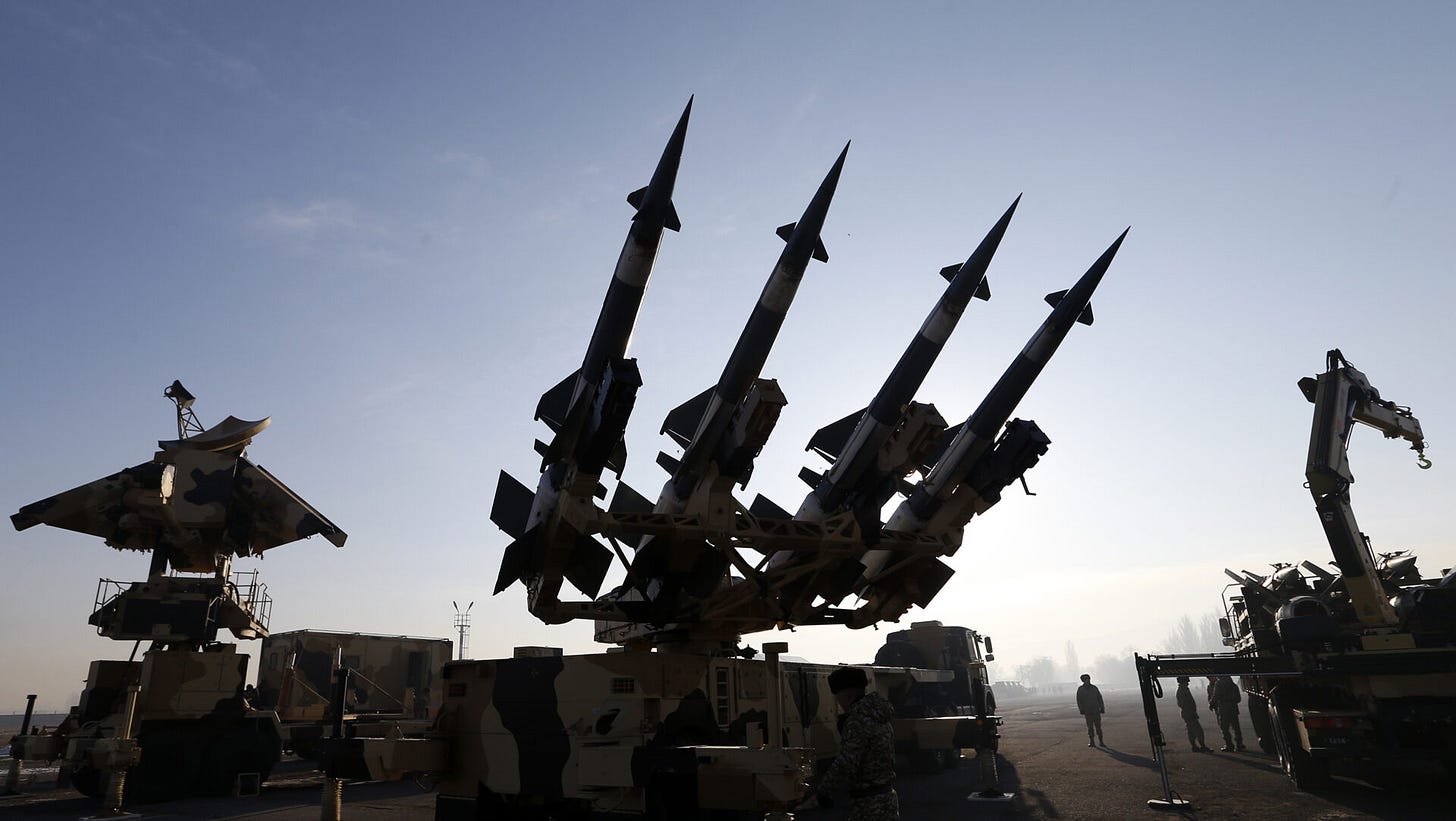





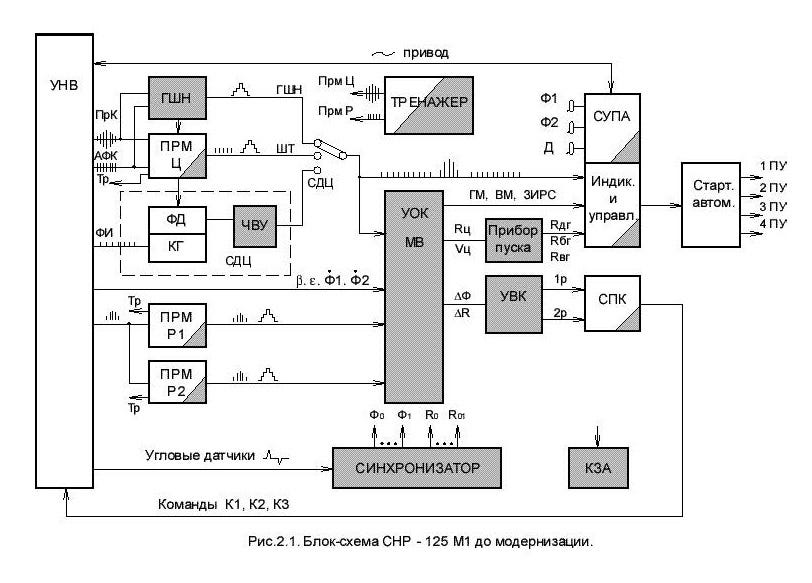
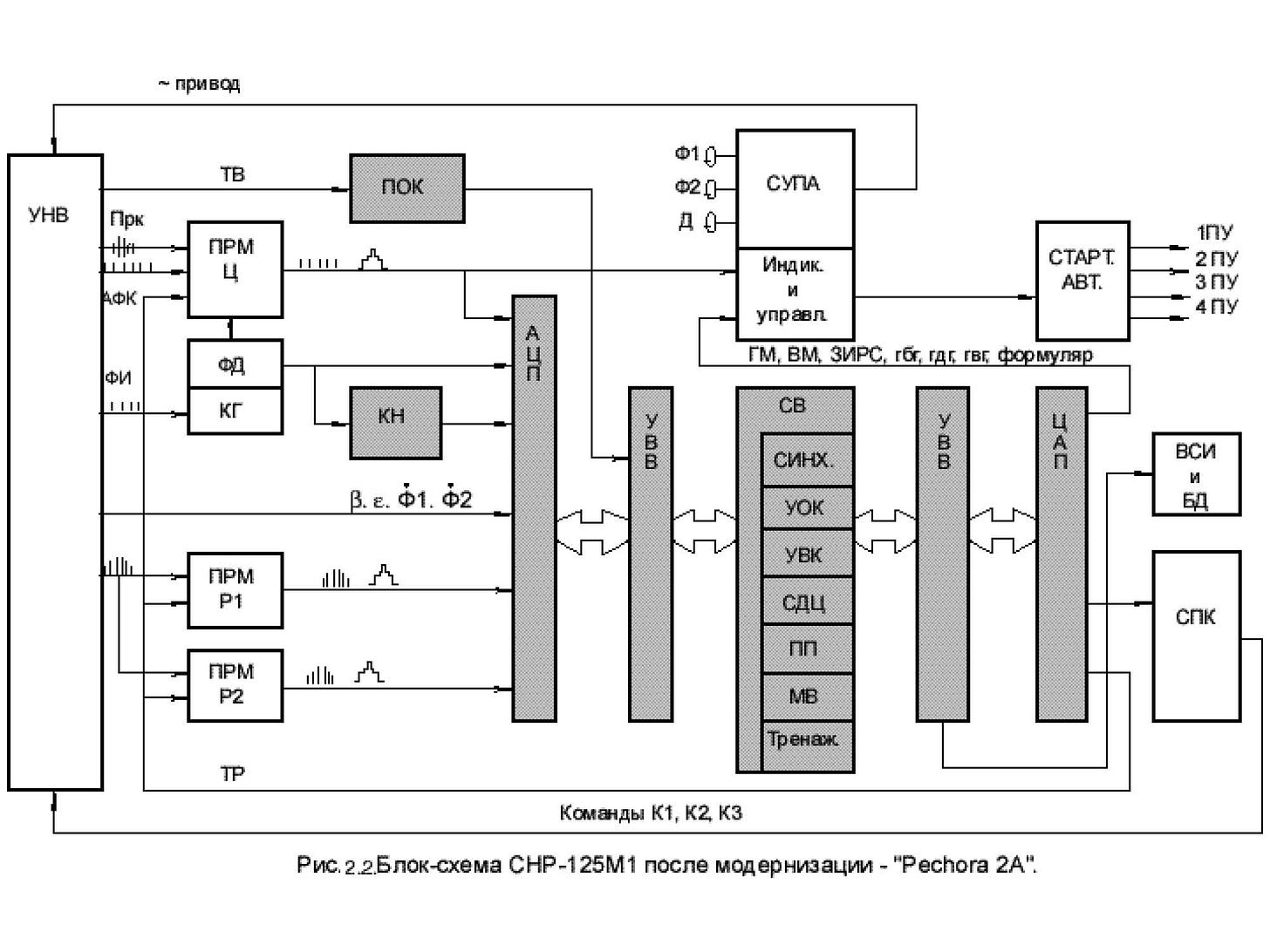
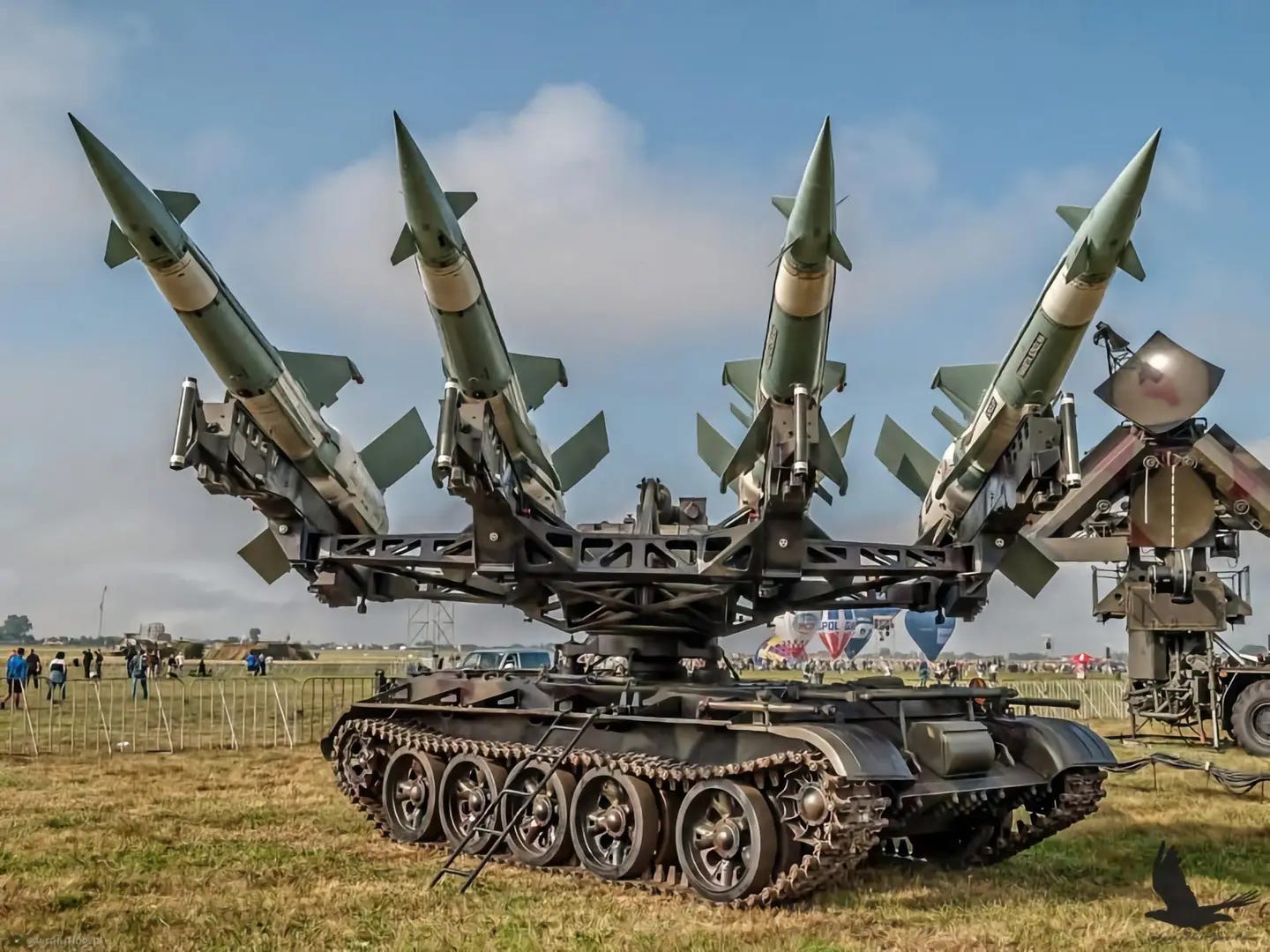


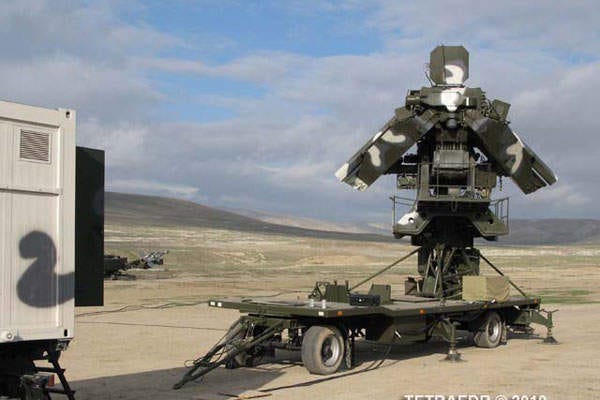

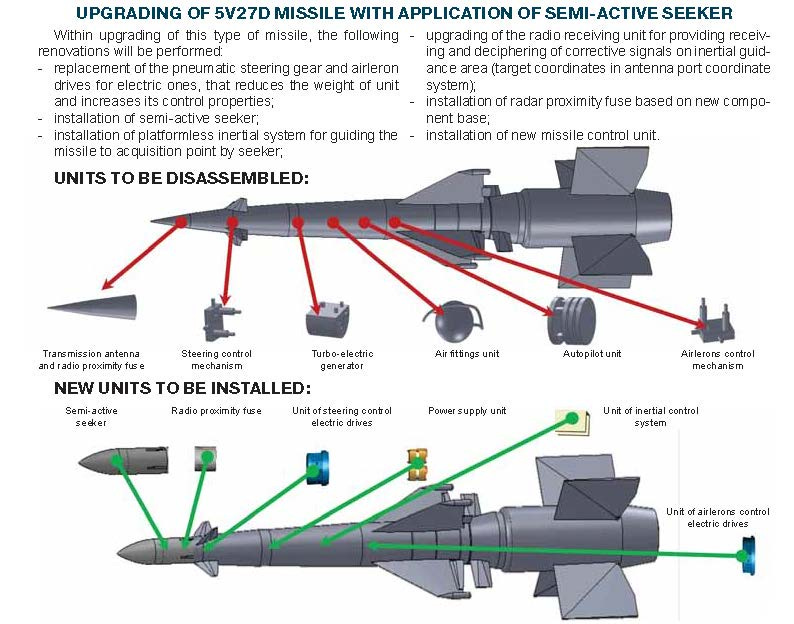
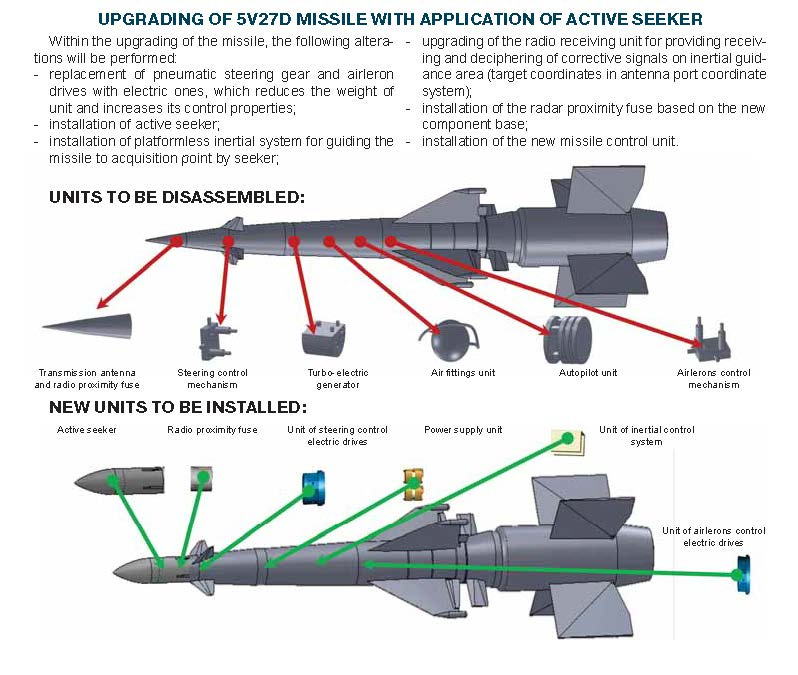
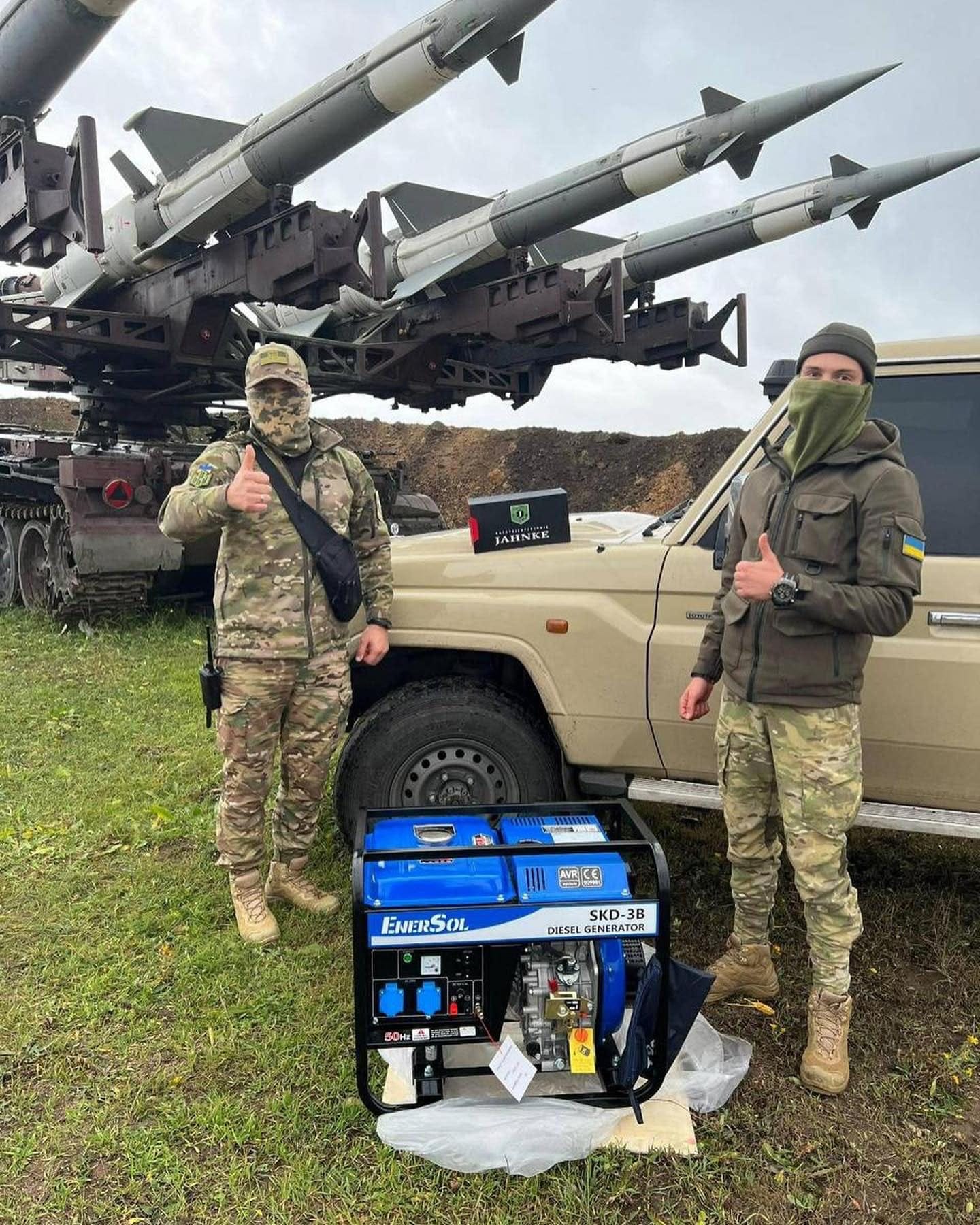

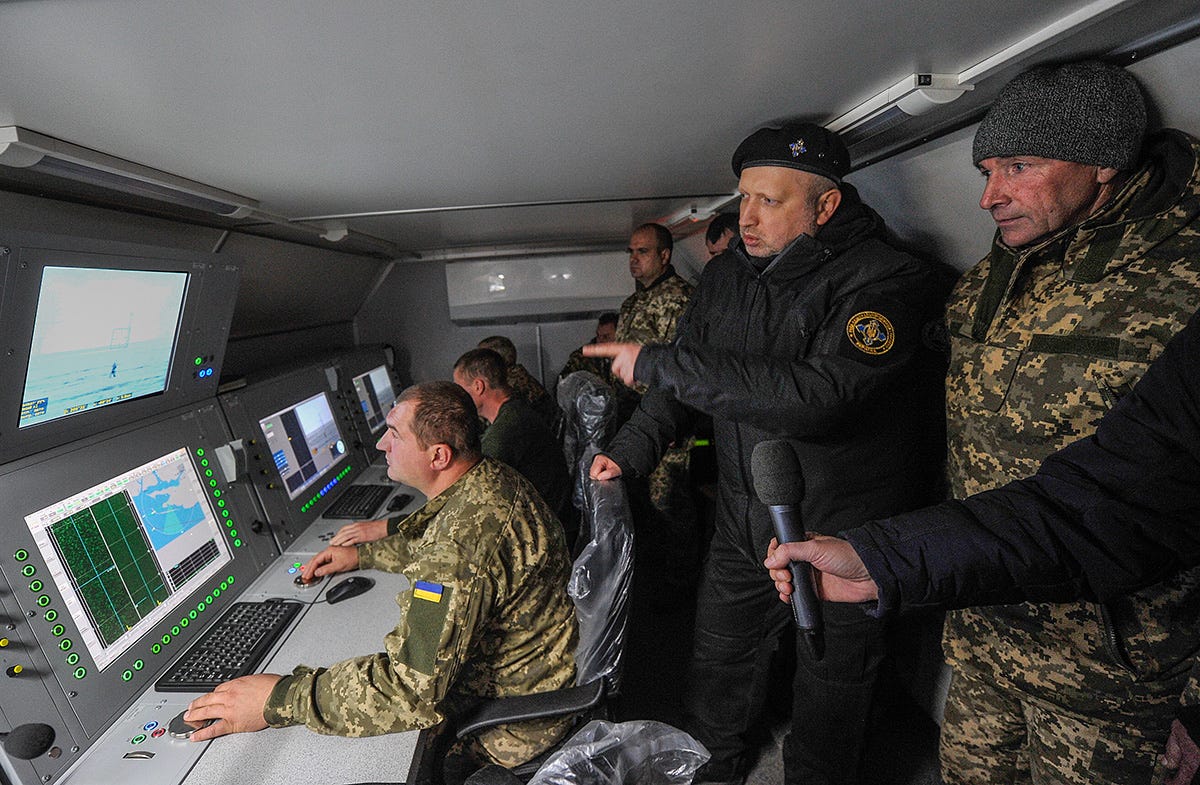
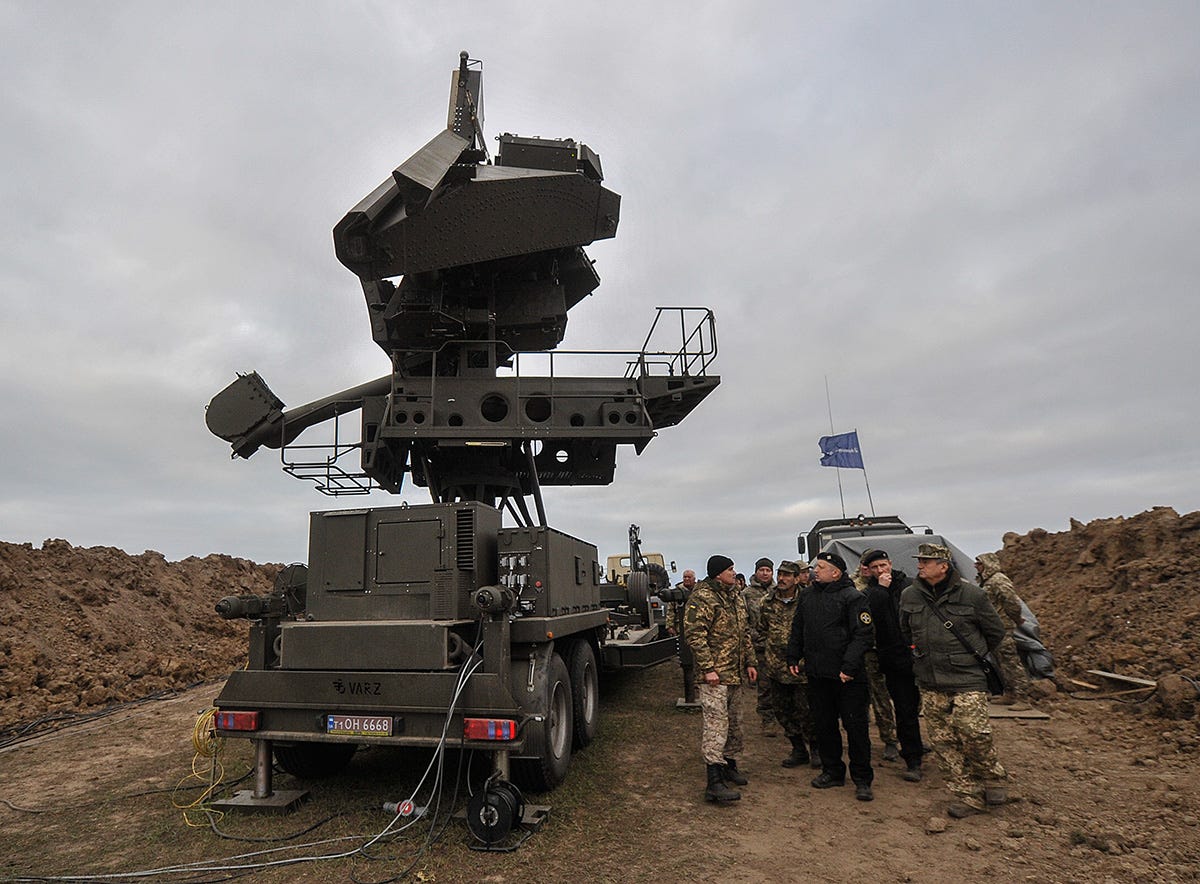


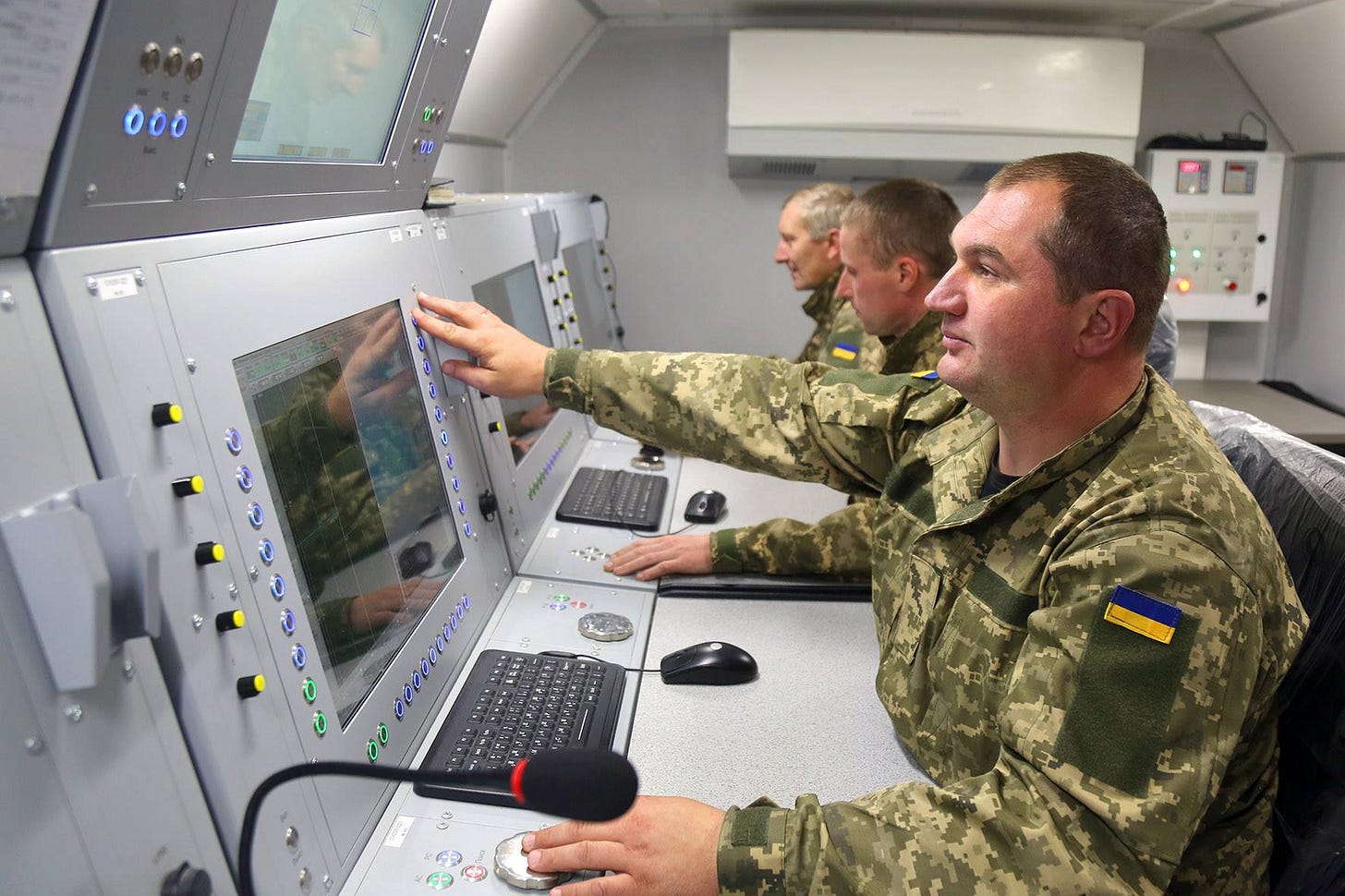

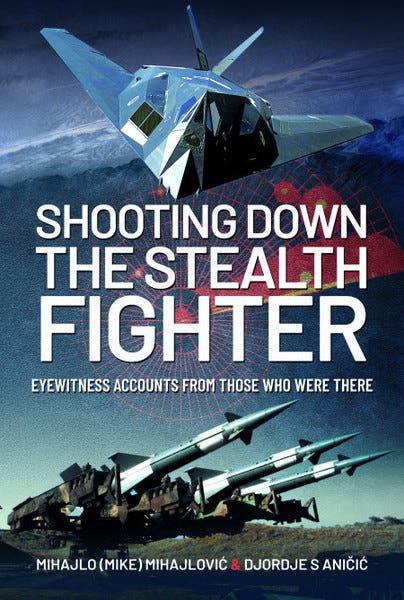
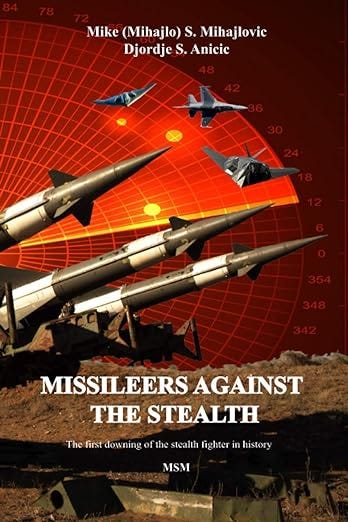
Nice to see those old war dogs.
Thanks, Mike.
Mike very well. Can you send me more informations about yours publishings about military weapons ,
I am want to read yours publishings. Now I am living in Belgrade.
Yours " coffee " it will definitely follow me later.
Kind regards,
Sergej Kokarev
Belgrade , 05.03.2024.